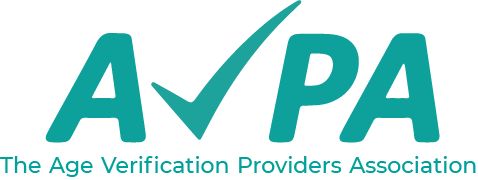What is age assurance?
Age verification
This checks the actual age or age-range of a user based on their date of birth
Age ESTIMATION
This esimates age based on biometric or behavioural features
AgE INFERENCE
This infers the age or age-range from a known fact or facts about a user
In the real world, we regularly apply age limits for a wide range of purposes
The purchase of alcohol or a knife
The use of a children’s playground
Going to the movies or into a casino
Buying adult magazines, or age-restricted films and video games
The purpose of age assurance is to allow for these same limits to be applied in the digital world
Buying alcohol or knives on the internet
Socialising with other children online
Viewing age-rated videos or gambling online
Watching pornography or downloading age-rated games
In our physical lives, age checks are often done just by sight, often without the individual having to do anything at all, although sometimes the law requires evidence to be shown. Age assurance aims to replicate this online as far as possible.
In particular, “AV” should usually be possible without being required also to disclose personally identifiable information – when you go into a bar, the bartender doesn’t need to know your name, just to check you are old enough to order a drink. This can be important to protect the privacy of internet users, and is particularly important when those users are children, whom we should generally discourage from disclosing their identity when they are using the worldwide web.
There are a wide range of methods of age assurance, and each offers a different level of confidence or accuracy. It is good practice, and often a regulatory requirement, to select methods of age verification that achieve a “level of assurance” which is proportionate to the risk involved.
